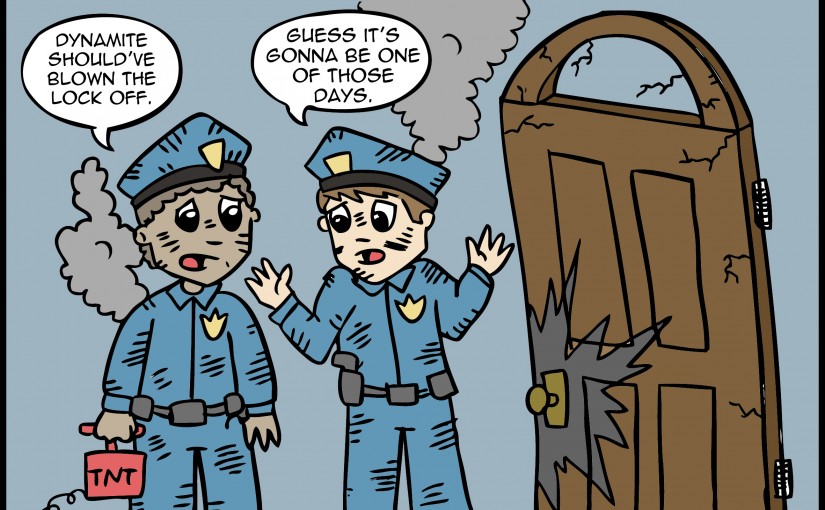Probably the most frustrating thing about science is that it doesn’t work.
Sometimes it never works. You spend months trying to make something work and have no more success than a flying squirrel attempting to glide across the Atlantic.
Sometimes it does work. Then despite the fact that you haven’t changed anything it suddenly stops working and no matter what you do, you can’t replicate what you did before.
IT’S OK. THESE THINGS HAPPEN TO EVERYONE.
See Examples- Machines may break down for months on end, before a technician finally describes how much it will cost to buy a new machine.
- Software may freeze and you’ll have to repeat days of work redoing your analysis. Or a power cut will end your complicated procedure in the middle, causing everything to be lost.
- Volunteers may cancel their appointment for the 50th time in a row, or they may simply drop out.
- Ethics or safety boards may take months considering whether to give you approval, and then decline it.
Get Practical Tips
- Check the internet to see if other people had the same problem and what solutions they found.
- Save your work regularly. Don’t wait for your first major loss of data before you take this advice.
- Don’t assume someone else will fix or order something. Chances are they are thinking the same thing about you.
- Back up your results either using the university intranet or on several computers
Get Wet Lab Practical Tips
- If a procedure still isn’t working after a few attempts, then don’t simply continue repeating it under the assumption that you did something wrong. Make sure you consciously change one aspect.
- Don’t leave important data on shared machines. Always copy it to your own personal machines ASAP. It may crash, or other people may delete your files.
- A primary reason experiments suddenly stop working is because one of the reagents has expired. If the components are cheap it is best to make up new solutions for all of them and try again. Order new stocks if you have to and double check your calculations. If the materials are expensive, try changing one or two at a time.
- If an experiment has never worked, try new solutions but also change the parameters one at a time.
- Always be aware of the mechanical impact. There are different ways of following a protocol: It could also be that you are being too gentle with mixing solutions, or too rough with components that can be damaged such as living material.
- Never assume a rough estimate is ok. When it comes to timing and concentrations, always be as exact as possible. Sometimes this is all it takes to turn a failed experiment into a successful one.
Read Dry Lab Personal Perspective
You would think it would be easy enough to get 50 people to fill out a questionnaire. Nope. Even once I had ethics approval it was an uphill battle to get people to fill them in.
I got about half way to my target and then suddenly the influx just stopped. I couldn’t get anyone else to save my life. The avenues I’d been using were simply exhausted, so I had to find new avenues.
My advice is not to assume the methods you are using will provide an unlimited supply of people. Think of other ways to attract volunteers.
Read Wet Lab Personal Perspective
It is universally acknowledged that in wet lab some protocols are more reliable than others. Some people can get the less reliable ones to work and others can’t. I couldn’t. I made up new solutions and tried different parameters, but it never seemed to work.
I was not spending enough time researching the protocol. When I looked at a protocol, I saw a list of stages, but the good researchers understood what each of those stages did.
They had researched the protocol and reagents so they knew what changes to make for it to work, whereas I was making uneducated guesses to alter parameters. I did the experiment more times, but each time they did it they improved it more.
For complicated procedures optimisation can still be a lengthy process, but if you do it right you will get there.
